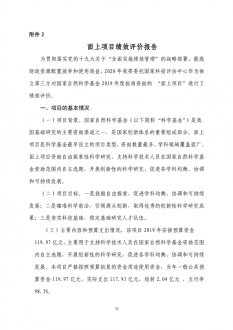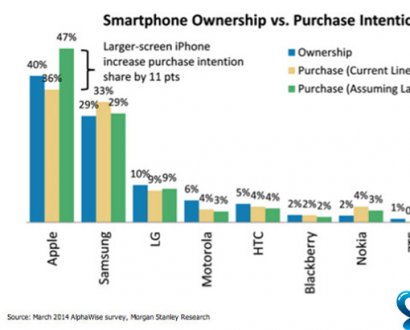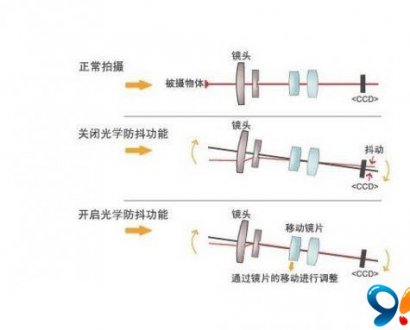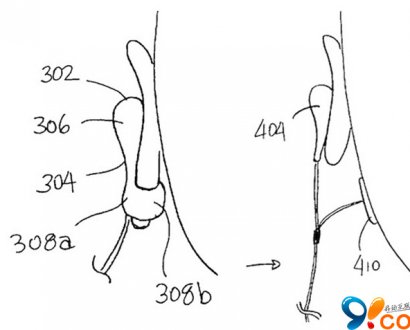Finally, it should be stressed that, at least statistically, spider bites are much less dangerous to humans than the poisonous stings of bees, wasps, and hornets. This is because we encounter those hymenopterans more often than spiders, and, in addition, often in swarms (Maretic, 1982).
最后,应该强调的是,至少在统计上,蜘蛛叮咬对人类的危险比蜜蜂、胡蜂和大黄蜂的有毒蜇要小得多。这是因为与蜘蛛相比,我们更容易遭遇到膜翅目昆虫,它们常常成群结队(Maretic,1982)。
From a biological view point, the venom of spiders is primarily designed to paralyze their prey (i.e., mainly insects); defensive bites against large animals (including humans) are only secondary. Some spiders possess strong and quickly acting venom; others have much less effective toxins. Among the first category are spiders (e.g. Thomisidae and Mimetidae) that attack potentially dangerous prey such as bees, bumblebees, or other spiders. Many web spiders, which carefully wrap their prey before biting it, belong to the second category (fig. 6.22; Friedel, 1987). Anyone interested in the details of spider toxins and their effects can consult the web site
从生物学的角度来看,蜘蛛的毒液主要是用来麻痹猎物(主要是昆虫)的;对大型动物(包括人类)的防御性咬伤只是次要的。一些蜘蛛拥有强烈且快速起作用的毒液,而另一些蜘蛛的毒素效力要小得多。在第一类的蜘蛛中(e.g. Thomisidae and Mimetidae) ,它们攻击潜在危险的猎物,如蜜蜂、大黄蜂或其他蜘蛛。许多结网蜘蛛在咬猎物之前会仔细地将其包裹起来,属于第二类 (fig. 6.22; Friedel, 1987)。任何对蜘蛛毒素及其影响的细节感兴趣的人都可以访问网站。
上一篇:科学网期刊编辑该让作者推荐审稿人吗? 下一篇:科学网Secondary aperture模型开发助力制备高性能G






























